Advances in Animal Experimentation and Modeling- Understanding Life Phenomena
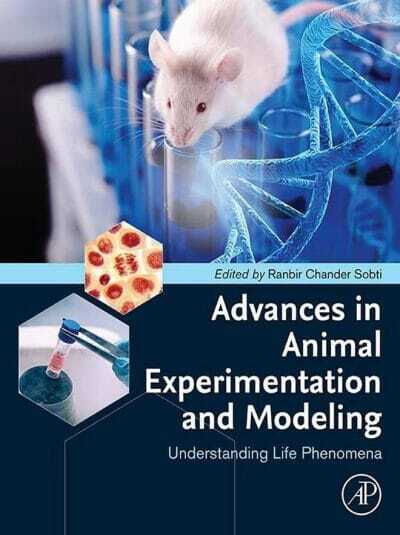
By Chander Sobti
Advances in Animal Experimentation and Modeling- Understanding Life Phenomena PDF updates our knowledge about the newer technologies such as molecular biology, genomics including sequencing, proteomics, transcriptomics, cell culture, stem cell culture, transgenesis and their translation to understand systematics and phylogeny of laboratory animals at molecular level. In seven sections Exploration in Laboratory Animal Sciences Understanding Life Phenomena resolves issues of conservation, applications in environment monitoring, production of drugs and others. Comparative research has enabled use of domestic animal models that translate the advances in basic biosciences to the schemes for human welfare including medicine. Molecular geneticists are unravelling the complexities of mammalian genes and the field of biotechnology is maturing at a fast pace. Additionally, research focused on immunology and animal behavior offer new insight into ways of enhancing animal welfare. The rise in consumption of animal proteins in addition to the challenges of sustaining our natural resources has given animal scientists a vast array of opportunities to engage in integrative systems-based research for meeting the challenges that behold us. Exploration in Laboratory Animal Sciences Understanding Life Phenomena also discusses the manipulation of animals as factories for the production of safe foods, drugs, and sensors and others to meet the contemporary challenges faced by mankind in the new world order created by pandemic of Covid 19. It also includes several chapters on the causation and management of certain diseases and impact of microbes on life.
Advances in Animal Experimentation and Modeling- Understanding Life Phenomena Features:
- Provides insight to newer and futuristic technologies to understand disease process and drug design by animal models
- Addresses a wide variety of species and covers a wide variety of topics (such as animal species, the laboratory setting, regulatory guidelines, and ethical considerations) to fully prepare for work with all types of animals
- Gives a perspective on laboratory animal use that allows to explain the benefits of animal use as required by veterinary technology program accreditation procedure
- Includes examples of animal bio-technological techniques (including stem cell and tissue engineering) for their applications to humanity
- Offers new insight into ways of enhancing animal welfare by the inclusion of research results focused on immunology and laboratory animal behavior
This Book is Available For Premium Members Only

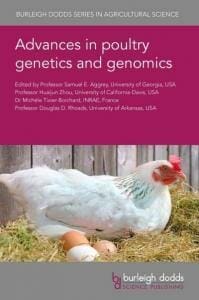
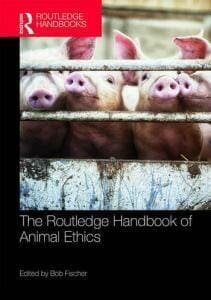

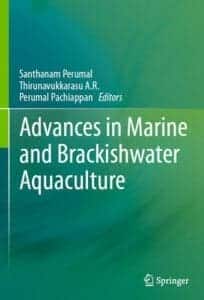



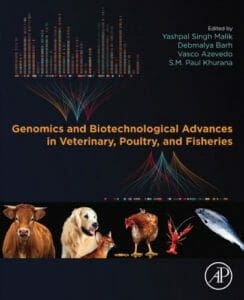




![Ettinger’s Textbook of Veterinary Internal Medicine 9th Edition [PDF+Videos] Ettinger’s Textbook of Veterinary Internal Medicine 9th Edition [True PDF+Videos]](https://www.vet-ebooks.com/wp-content/uploads/2024/10/ettingers-textbook-of-veterinary-internal-medicine-9th-edition-100x70.jpg)

![Textbook of Veterinary Diagnostic Radiology 8th Edition [PDF+Videos+Quizzes] Thrall’s Textbook of Veterinary Diagnostic Radiology, 8th edition PDF](https://www.vet-ebooks.com/wp-content/uploads/2019/09/textbook-of-veterinary-diagnostic-radiology-8th-edition-100x70.jpg)






